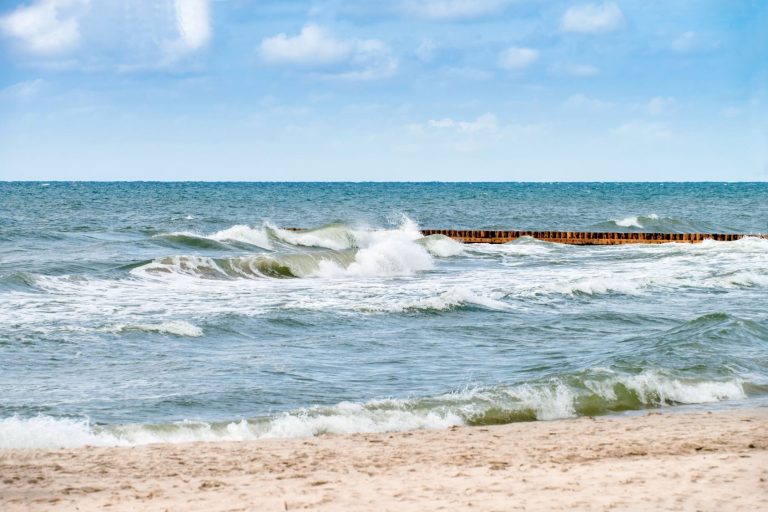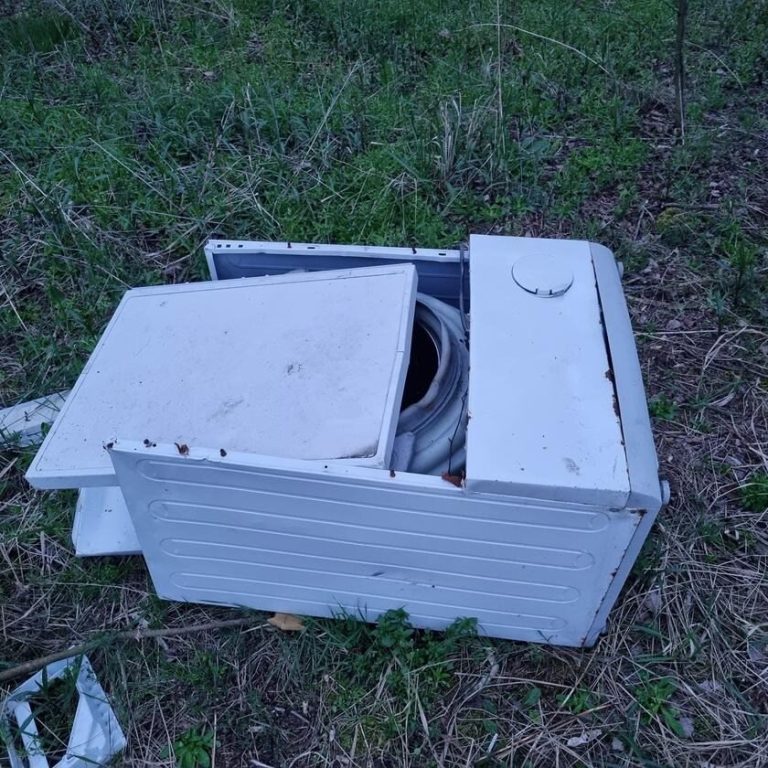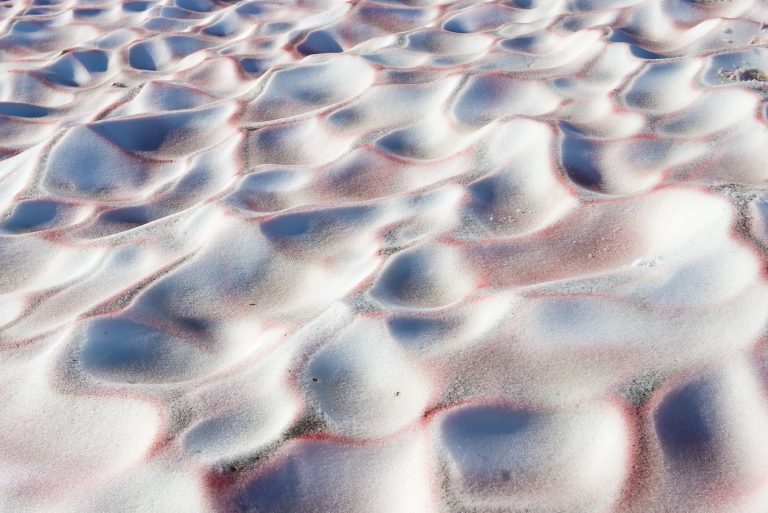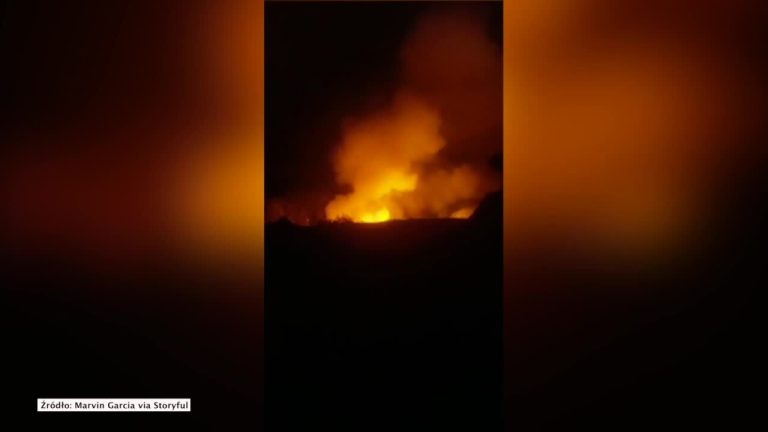The biggest problem in the Oder? Lack of oxygen. Another 20 tons of fish will be disposed of
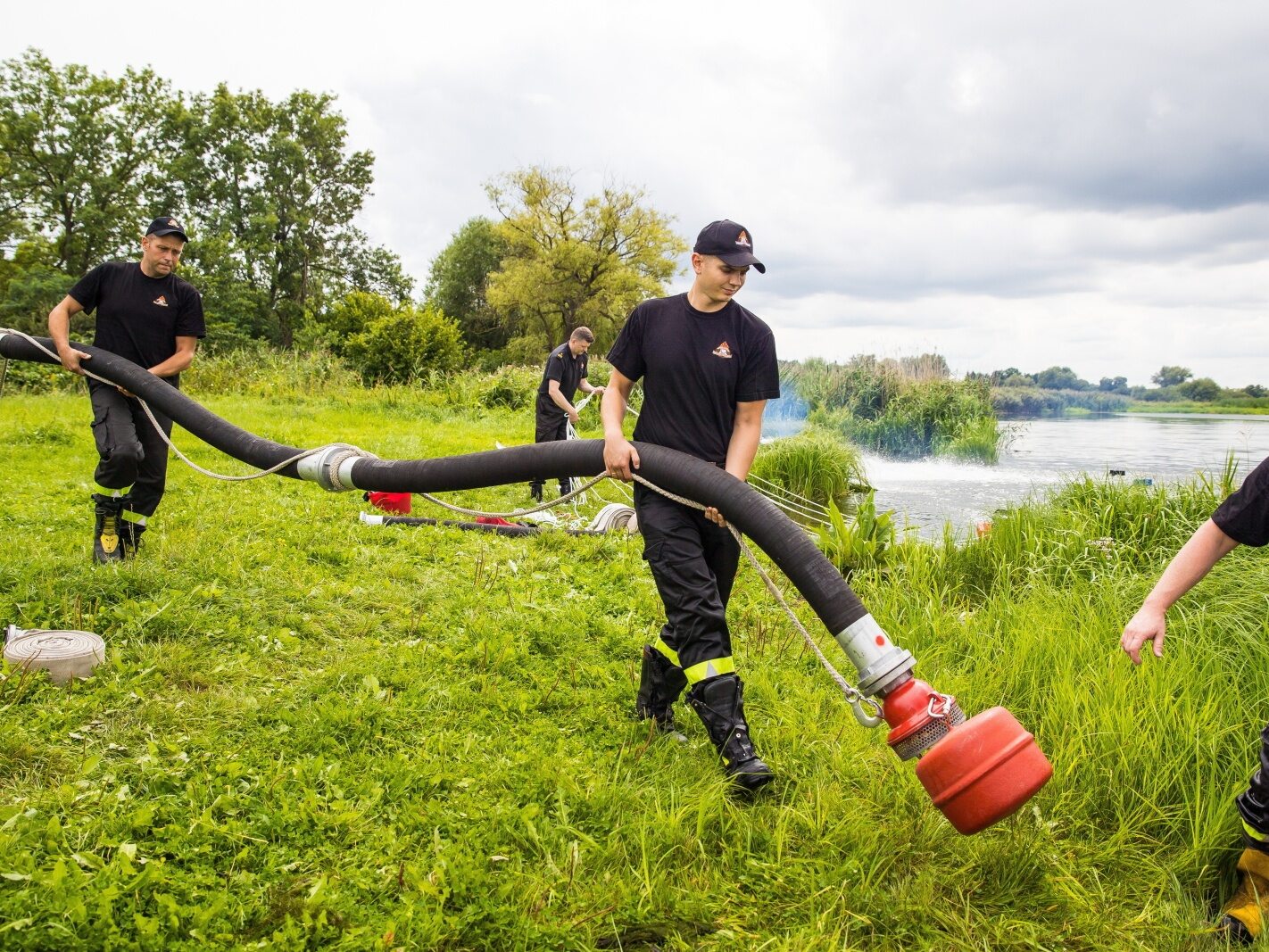
Another 20 tons of fish caught from the West Pomeranian section of the Oder will be disposed of – reports RMF FM. However, there is still a fight on the river for the fish that survived the poisoning. Some of them took shelter in the canals on the Oder floodplain and Lake Dąbie.
RMF FM reports that the biggest problem currently is the lack of oxygen in the Oder. On several dozen kilometers of the river, between Szczecin and Widuchowa, the oxygen concentration is close to zero. “Under these conditions, fish that survived poisoning have no chance. Many fish swam north, taking refuge in canals in the Oder floodplain, in Lake Dąbie or in the reservoir,” the station reports.
There are not only dams on the Oder, but also point water aeration stations. As we read further, 25 pumps are currently operating in 6 locations (in Gryfino, Mończy, Siadle Dolny, Dziewoklicz, at Długi Bridge and Perkuna Street). Another 8 pumps are to be launched soon. “The quality of water from deep wells located near the Oder and water from Baltic Sea bathing areas is beyond question,” notes RMF FM.
German scientists analyzed satellite photos of the Oder River. They have the answer
The most probable cause of the disaster on the Oder was indicated on Monday by researchers from the Institute of Freshwater Ecology and Inland Fisheries. Leibniz together with experts from Brockann Consul. German scientists, using satellite photos, looked at the problems on the river from above. They used available data to calculate the concentration of chlorophyll, an indicator of algal blooms. They distinguished three periods, showing different concentrations of this molecule, creating three river profiles: from July 24-25, August 4-6 and August 16-18.
In the photos shared on Twitter, we can see that the chlorophyll level at the end of July was lower than in the other periods examined. At the beginning of August, there was a significant increase in concentration and range, which continued to increase over time.
Scientists from the Institute of Freshwater Ecology and Inland Fisheries Leibniz had already suspected that the so-called “golden algae”. The species Prymnesium parvum includes, among others: by water ecologist Christian Wolter is currently considered the most likely cause of the river disaster. Low water levels and high temperatures provided ideal conditions for the mass growth of toxic algae. After opening the locks, they could, in turn, flow further along the entire Oder.

